The Gada is a formidable club or mace that represents strength, power, and the ability to uphold righteousness.
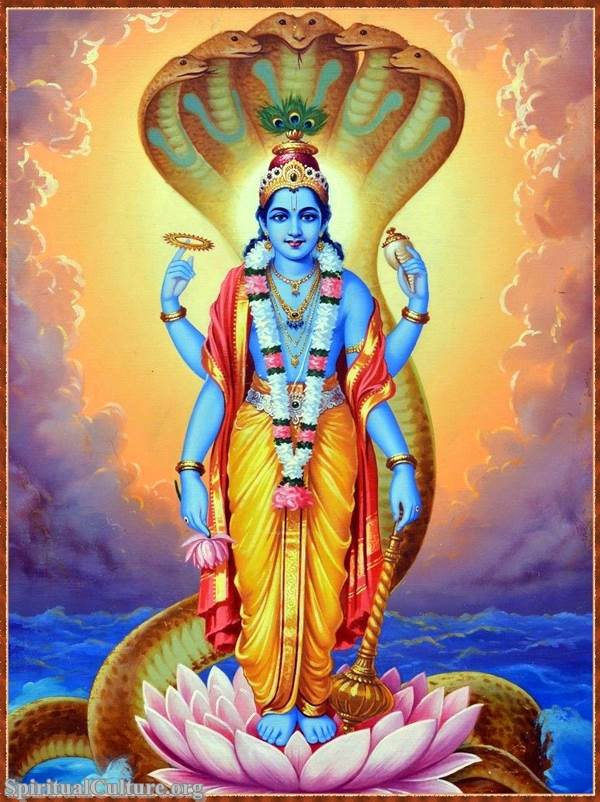
Here are some key aspects of the mace (Gada) and its symbolism:
Symbol of Authority and Power:
The Gada is a powerful weapon that signifies the authority and might of Lord Vishnu. It is one of the divine attributes wielded by Vishnu to maintain cosmic order and protect dharma (righteousness).
Destruction of Ignorance:
The Gada is often associated with the destruction of ignorance and the forces of darkness. When Vishnu wields the mace, it is symbolic of his role in dispelling ignorance and upholding the divine order in the universe.
Moral and Physical Strength:
The Gada represents both moral and physical strength. It is a symbol of the strength required to combat evil forces and protect the virtuous. Vishnu’s use of the mace reinforces the idea that righteousness and moral strength will ultimately triumph over injustice.
Balance and Justice:
The Gada is a tool of justice and balance. It is wielded to establish and maintain cosmic equilibrium, ensuring that order prevails over chaos. Vishnu’s use of the mace embodies the concept of a just and balanced cosmic order.
Connection to Lord Hanuman:
In Hindu mythology, Lord Hanuman, an ardent devotee of Lord Rama (an incarnation of Vishnu), is often depicted carrying a Gada. Hanuman’s use of the mace symbolizes his unwavering devotion, strength, and commitment to righteousness.
Symbol of Leadership:
The Gada is considered a symbol of leadership and divine kingship. In Hindu epics like the Mahabharata and the Ramayana, various heroic figures wield the Gada, signifying their leadership qualities and commitment to dharma.
Weapon Against Evil Forces:
Vishnu employs the Gada in his various incarnations to defeat and vanquish powerful demons and evil entities. Its use in battles symbolizes the victory of good over evil.
Fourteen Jewels (Ratnas):
In some Hindu traditions, the Gada is counted among the fourteen jewels (ratnas) that emerged during the churning of the cosmic ocean (Samudra Manthan). These jewels are considered divine and possess special significance in Hindu cosmology.
Influence on Indian Martial Arts:
The Gada has had a historical influence on traditional Indian martial arts. Some traditional martial arts forms in India incorporate a Gada as a training weapon, emphasizing strength, discipline, and skill.
In artistic depictions, Lord Vishnu is often shown holding the Gada along with other symbols like the conch shell (Shankha), discus (Chakra), and lotus (Padma). The Gada’s symbolism underscores divine strength, moral authority, and the protection of righteousness in Hindu cosmology.



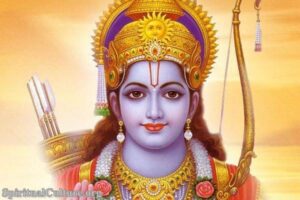
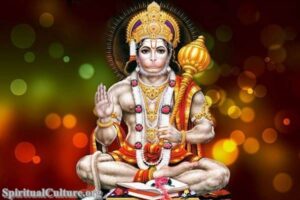
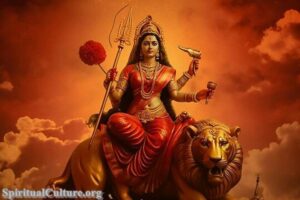
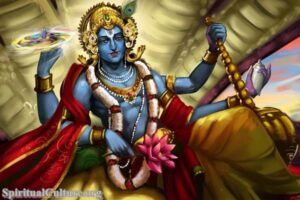
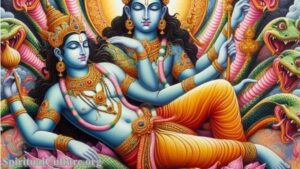
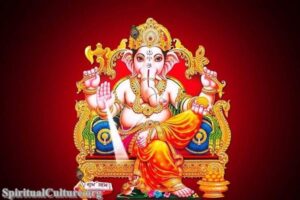

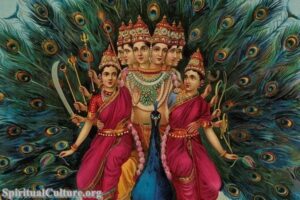

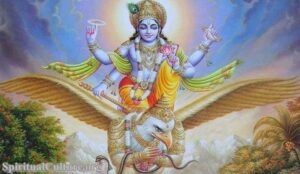










Comments (0)